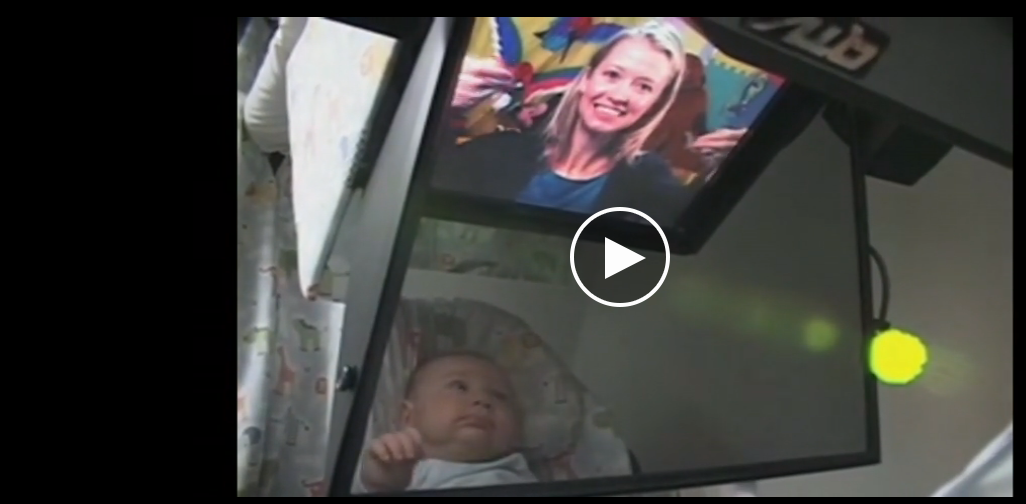Autism on Ted Talks:
Rosie King: How autism freed me to be myself
“People are so afraid of variety that they try to fit everything into a tiny little box with a specific label,” says 16-year-old Rosie King, who is bold, brash and autistic. She wants to know: Why is everyone so worried about being normal? She sounds a clarion call for every kid, parent, teacher and person to celebrate uniqueness. It’s a soaring testament to the potential of human diversity."
People tend to diagnose autism with really check box descriptions but in reality there are variations to what we are like. My little brother is severely autistic and is non verbal, yet I love to talk. It is a stereotype that autistic people are good at maths and science.
One of the things I can of because I am autistic is my imagination. The real world that we share isn't as interesting as the world in my mind. Being autistic there is no urge to want to fit into a box and therefore we can have our own interests. There are problems with being autistic because it makes school very difficult to concentrate in class and make friends.
I'm going to leave you with one question: If we can't get inside the person's minds, no matter if they're autistic or not, instead of punishing anything that strays from normal, why not celebrate uniqueness and cheer every time someone unleashes their imagination?
https://www.ted.com/talks/rosie_king_how_autism_freed_me_to_be_myself/transcript?language=en#t-28735
https://www.ted.com/talks/ami_klin_a_new_way_to_diagnose_autism
Ami Klin- A new way to diagnose autism
Autism is a disruption of survival skills that we inherit. Without the caregiver a baby animal would not survive in the wild. This is the same with humans. Babies prefer to make contact with their caregiver through human sounds rather than concentrating on the environment around them. They prefer to look at people, especially their eyes. Eye contact made with the care giver (usually mother) is the start of a humans social mind. Autism begins at this stage. As a regular baby would learn how to gain attention of their caregiver a baby with autism would be completely oblivious of these social queues. The 15month old baby pictured above has autism as she doesn't react to having her personal space intruded. The world of people is not attracting her attention as much as objects. As she interacts more with objects she is further isolating herself by being interested in objects rather than people.

Autism is one of the disabilities that has the strongest link to genetics in developmental disorders. There is a very broad spectrum of autism and each individual is unique. Some are intellectually profound whilst others are gifted. Around 1 in 100 people have autism.
Early diagnosis is important for treatment. Adults who are not treated can become incredibly disabled and isolated. The window of opportunity for change happens in the first three years of life. The window doesn't close it diminishes. Diagnosis currently takes around 5 years to complete and this is much longer in developing countries.
Children with autism become adults with autism. Helping children in those early stages of life can have lifetime consequences for the child, family and community. Autism creates itself is not completely based on genetics which means that through early diagnosis children can be helped much sooner. New technology has allowed for more children and adults to be diagnosed as seen in the graph above. Autism hasn't increased but diagnosis and recognised behaviours certainly have.
New technology based on eye tracking was created by this particular speaker (Ami Klin).
The video clips shown above show how a regular baby and a baby with autism reacts within the diagnosis. The regular baby is focused on the ladies eyes and social interaction whereas the baby with autism is focused on the objects around the room and rarely gains eye contact. Eye contact and scientific technology can detect autism in babies of 6months and therefore allows a sooner opportunity to give the child support to help their individual development.
https://www.ted.com/talks/wendy_chung_autism_what_we_know_and_what_we_don_t_know_yet
With increased awareness more parents, teachers and doctors understand the signs of autism which therefore leads to more individuals being diagnosed to be able to receive help. Autism is a spectrum and there is no one answer as to what causes it.
There are possible connections which include:
an older father
mothers who take epilepsy medication
some genes can also cause autism but they are not the only cause.
Males seem to be affected more than females. In identical twins the stats are 77% that they would both be autistic. It is interesting that this is not 100% as they share the same genetic data and therefore shows how it is not completely genetic. There are 200-400 genes which can cause autism and there is no one particular gene which causes autism.
Early diagnosis is key for us. Being able to make that diagnosis in a time where we have a window where there is the ability to transform an individual.
Scientists like Ami Klin have developed methods using videos and eye contact to spot a baby at risk of developing autism.
Babies who focus on the eyes will not develop autism those who focus elsewhere will.
It means we can intervene at an early stage and have the greatest impact.
How do we intervene? In some cases there are medications but drugs are not the only answer. Children with autism learn in a different way and therefore they need support in their own development.
'Join the mission to help those with autism have better and richer lives'
Within the ted talks slides she also mentions Interactive Autism Network:
Which has a fantastic amount of information on a whole range of different topics.
http://iancommunity.org








































